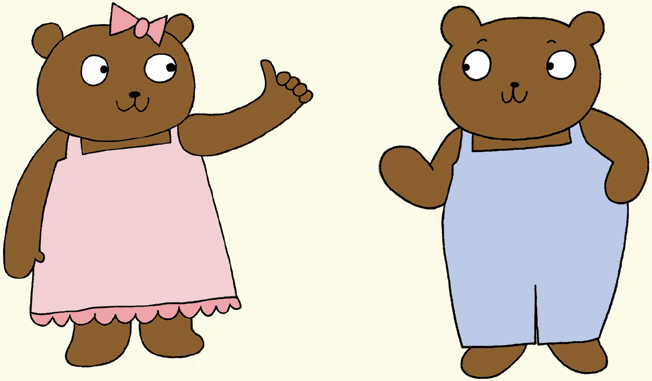
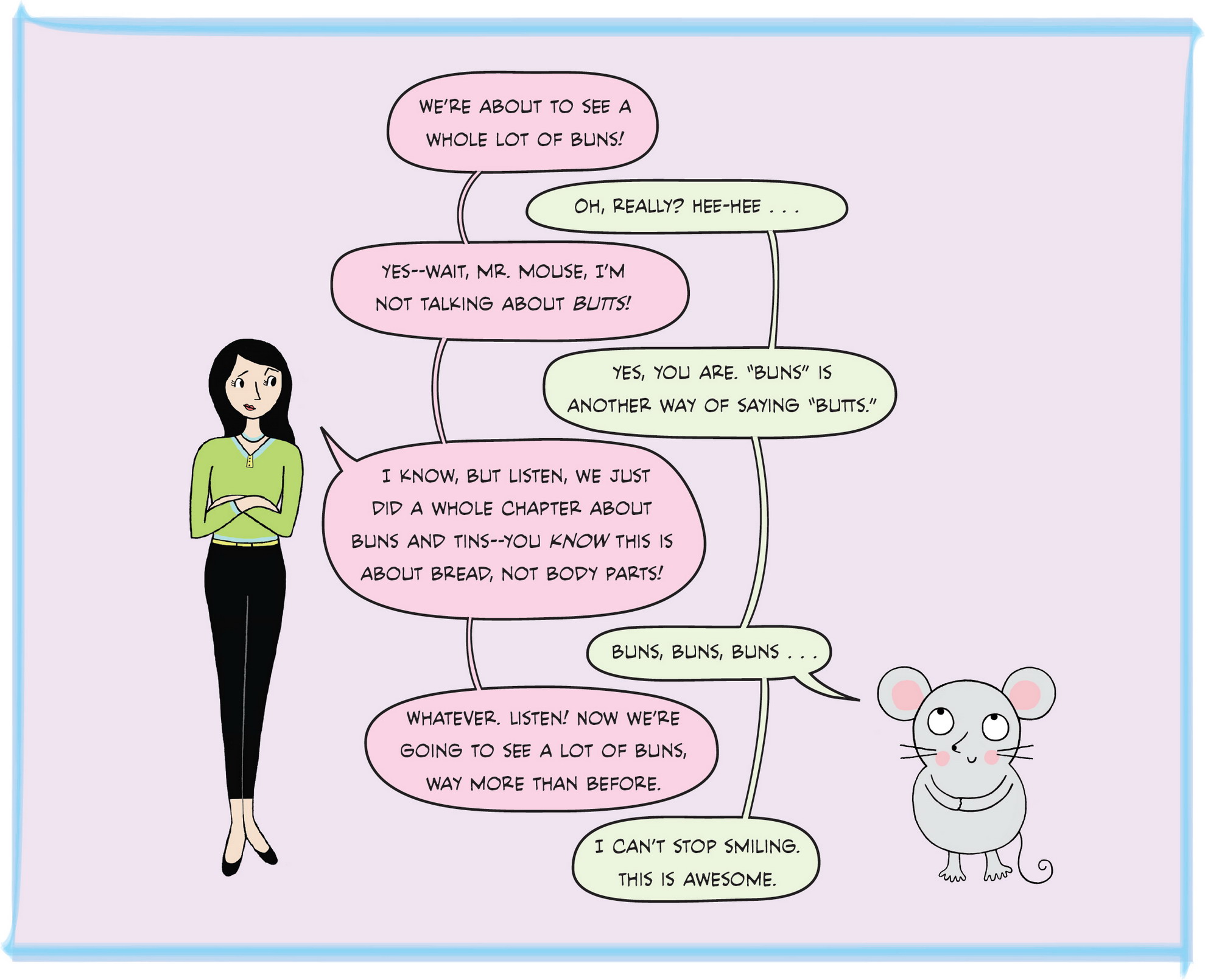
Business Is Booming: Place Value with Hundreds—Tonbreads!
As Lin and Larry’s bakery got more and more popular, and their orders grew bigger and bigger, they started using long, skinny tins to hold 10 buns each, which looked like this:

Why did they change the type of tins? Because it was easier to bundle them together for big orders! In fact, they started having to bundle 10 of the tins together—which made the shape of a huge, flat square:

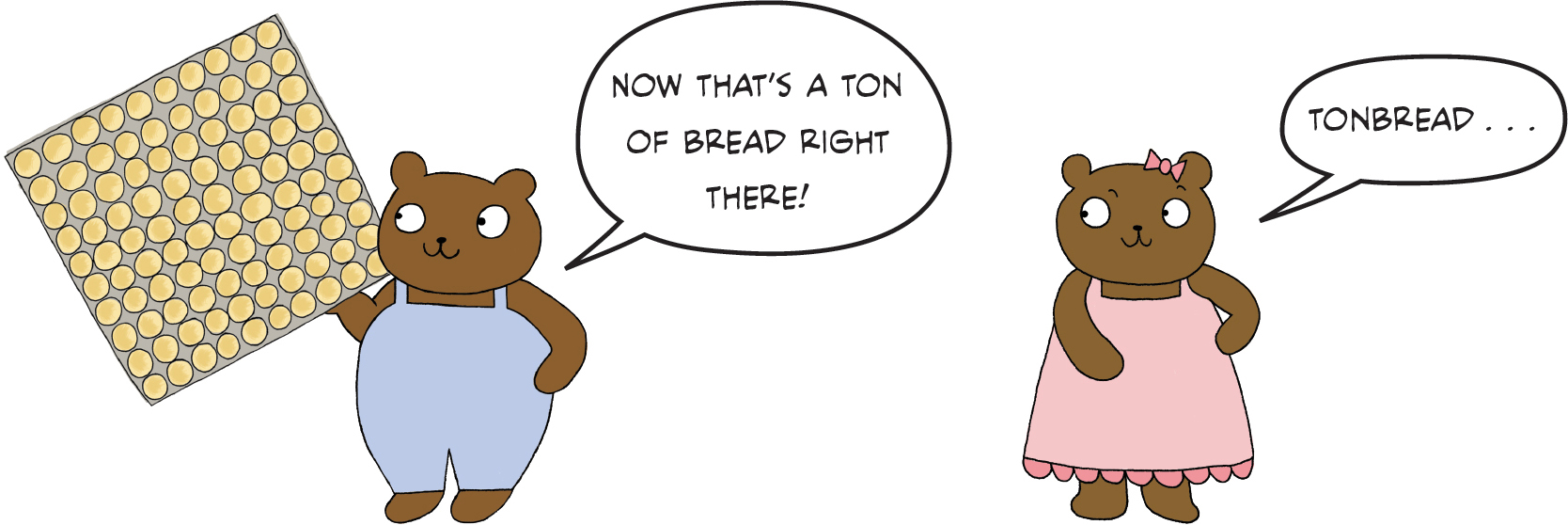
Since buns are a type of bread, Lin and Larry decided to call each of these huge square packages a “ton of bread.” But they didn’t want to have to say three separate words, so they shortened it to “tonbread.”
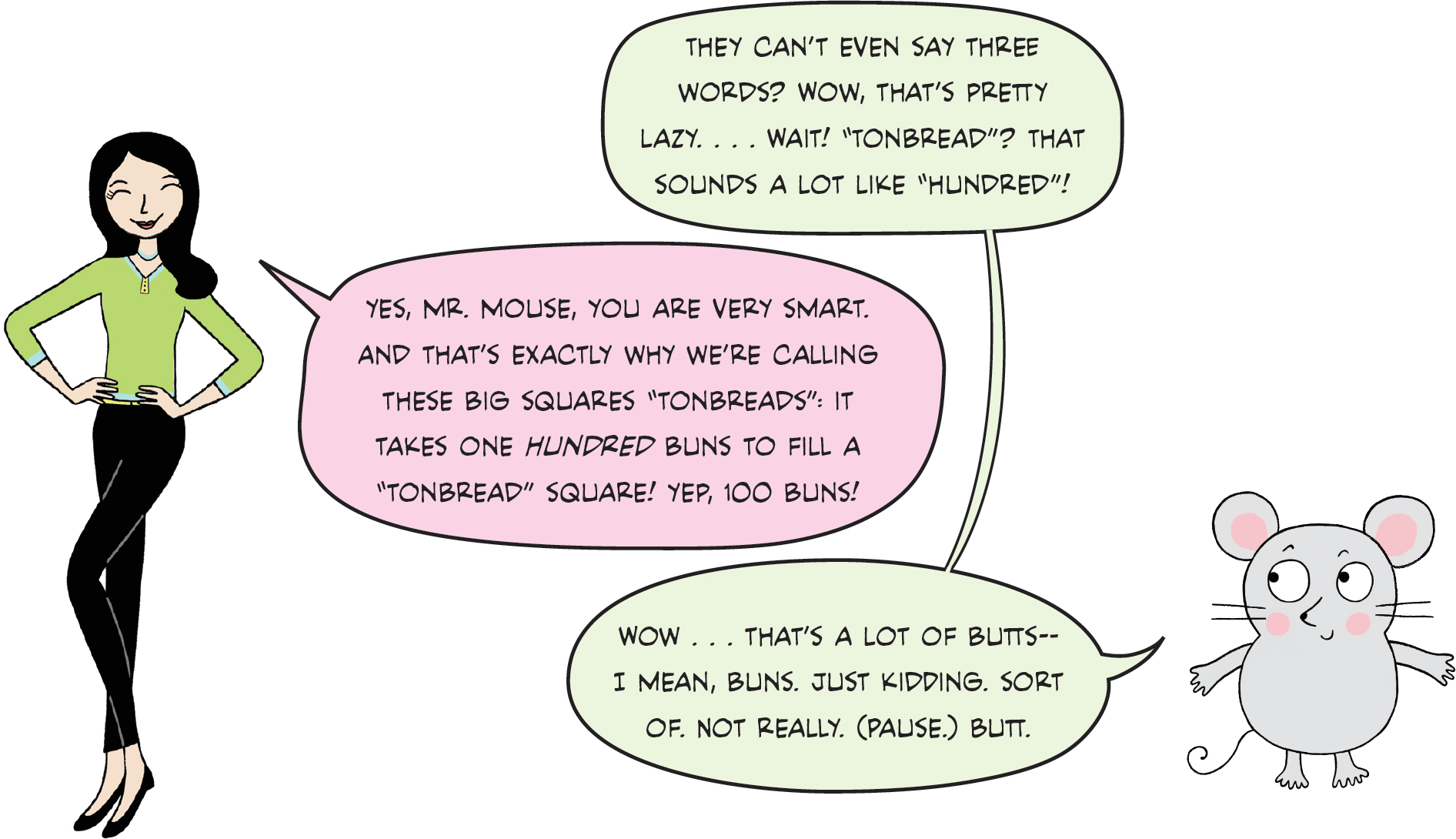
Here we can see how 10 tins is the same amount as 1 tonbread. In other words, 10 tens is the same as 1 hundred!

1 tonbread = 10 tins = 100 buns

2 tonbreads is the same as 200 buns
3 tonbreads = 300 buns
4 tonbreads = 400 buns
…and so on. Can you see the pattern? How many buns are in 5 tonbreads? Yep—500 buns! Can you figure out the rest? Say them out loud!
6 tonbreads = ? buns
7 tonbreads = ? buns
8 tonbreads = ? buns
9 tonbreads = ? buns
Can we tell how many total buns there are below? Yep! It works the same way as tins and buns—we just have tonbreads now, too!

And we get a total of 324 buns. Easy, right? Let’s play some games!
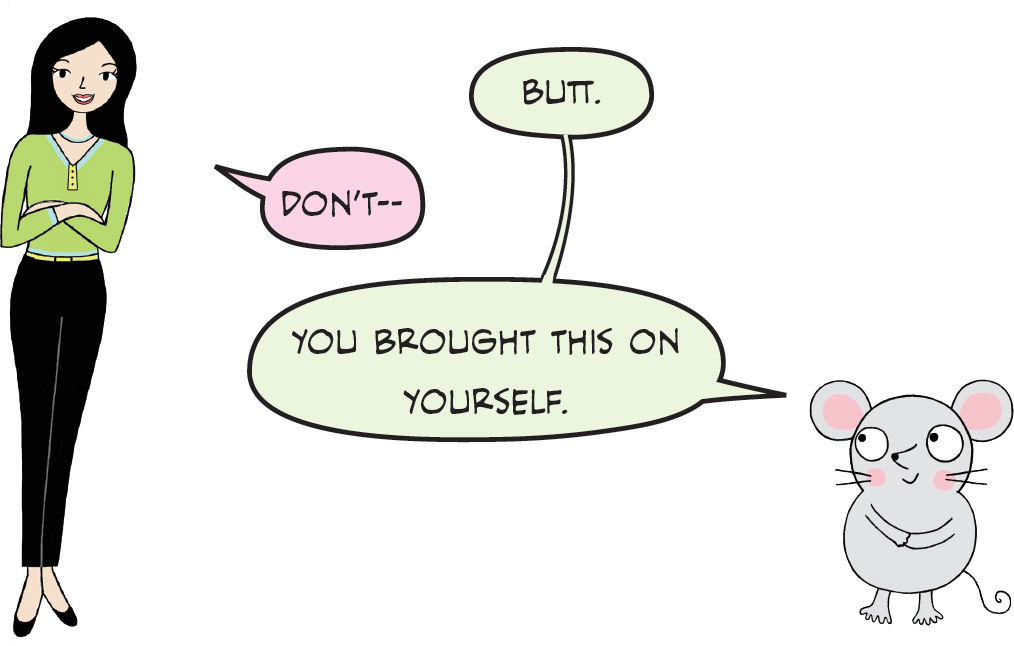
Buns vs. Ones
We’ve been using “tonbreads,” “tins,” and “buns” because they can make it easier to think about place value. But you probably won’t see those words outside this book. So if you want, you can use “hundreds,” “tens,” and “ones” when you are writing out numbers in the following exercises—or you can stick with our buns for now. Totally up to you!
